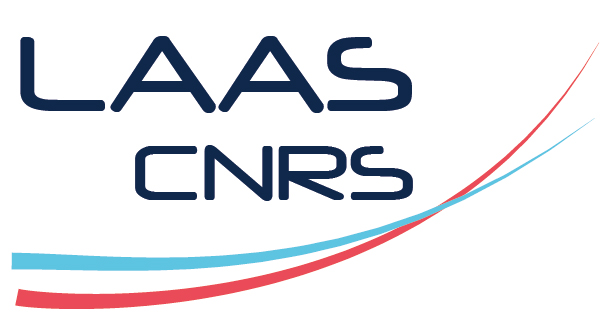Joint downlink power control and channel allocation based on a partial view of future channel conditions
Résumé
We propose two downlink scheduling algorithms that take advantage of partial information on future channel conditions for improving the sum utility. The scheduling model allows for both power control and channel allocation. The objective of the scheduler is the long-term utility under an average power constraint. The two algorithms incorporate the channel predictions in their decisions.The STO1 algorithm computes the decision in each slot based on the means of future channel gains. Depending on the horizon considered, this can require solving a large-dimensional problem in each slot. The STO2 algorithm reduces the dimensionality by operating on two timescales. On the slower scale it computes an estimation over a larger horizon, and in the faster scale of a slot, it computes the decision based on a shorter horizon. Numerical experiments with both fixed number of users as well as a dynamic number of users show that the two algorithms provide gains in utility compared to agnostic ones.
Origine : Fichiers produits par l'(les) auteur(s)
Loading...

